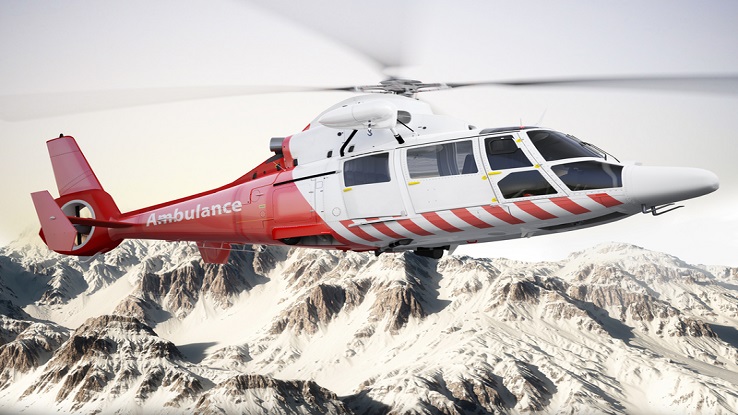 (Credit: iStock)
(Credit: iStock)
State insurance regulators are asking Congress to help them protect consumers against a financial menace: surprise medical bills.
The leaders of the National Association of Insurance Commissioners (NAIC) have written to the leaders of the U.S. House and U.S. Senate to ask them to pass legislation protecting insured patients from what state regulators see as unfair charges.
Insured patients often get surprise bills for care provided, at in-network hospitals, by anesthesiologists and other doctors who turn out to be out-of-network.
But one of the highest stakes battles is over billing for air ambulance services, because the full cost of an air ambulance ride can be $30,000, or higher, and many residents of rural hospitals need to use air ambulances to reach hospitals with high-level trauma services. The federal Airline Deregulation Act of 1978 has kept states from imposing state-level air ambulance cost regulations.
Resources
- A copy of the NAIC's surprise billing letter is available here.
- An NAIC guide to air ambulance insurance coverage is available here.
- A U.S. General Accountability Office report on air ambulance costs is available here.
- An Association of Air Medical Services discussion of air ambulance billing is available here.
A team of five top NAIC officials — Raymond Farmer, the president; David Altmaier, the president-elect; Dean Cameron, the vice president; Chlora Lindley-Myers, the secretary-treasurer; and Michael Consedine, the CEO — signed the NAIC's new letter.
NAIC officials say Congress has already included provisions in COVID-19 stimulus bills that protect consumers from surprise bills related to severe acute respiratory syndrome coronavirus 2 (SARS-CoV-2) testing.
"Now is the time to protect all insured Americans from unfair out-of-network charges" officials say in the letter. "Committees in both the House and the Senate have extended surprise bill protection to air ambulance services, and we request your support in making this critical provision a part of the final bill in both chambers."
NAIC officials say state protections should be considered first, and that federal protections should apply only when no state protections apply. "To many consumers have faced unexpected expenses and financial hardship through no fault of their own."
NAIC officials say another priority should be keeping the patients out of surprise billing disputes.
The definition
Regulators and others are using the term "surprise medical bill" to refer to two types of unexpected bills for health care.
One type involves a patient who goes to a hospital or other facility that is in the health plan provider network and ends up getting care from a providers, such as an anesthesiologist, radiologist or emergency room doctor, who turns out to be outside of the plan's network.
Another type involves patients who rush to get life-saving emergency care and find that the care provider is out-of-network.
The numbers
Investigators at the U.S. Government Accountability Office looked into the air ambulance services billing.
Investigators found that about two-thirds of air ambulance rides involve patients with private insurance were out-of-network.
Median prices increased to about $30000 in 2014, from $15,000 in 2010, according to the GAO investigators.
The median Medicare payment for an air ambulance ride covered by Medicare was $6,502 per transport. GAO investigators said they were unable to get much information about balance billing.
The air ambulance services providers' perspective
The Association of Air Medical Services says on its website that its member companies are misunderstood.
Its members have to make crews and helicopters available at all time, and move patients without knowing whether the patients have any means to pay for the transport services, the association says.
The root cause of air ambulance service balance billing is that Medicare pays only about half of the true cost of providing an air ambulance flight, and Medicaid pays less, the association says.
"That leaves commercial insurance reimbursement that varies widely across the country," the association says. "Sometimes, we're paid fairly and reasonably by commercial insurance; increasingly, however, we're not. The economics are unsustainable."
Read more:
© 2025 ALM Global, LLC, All Rights Reserved. Request academic re-use from www.copyright.com. All other uses, submit a request to [email protected]. For more information visit Asset & Logo Licensing.







